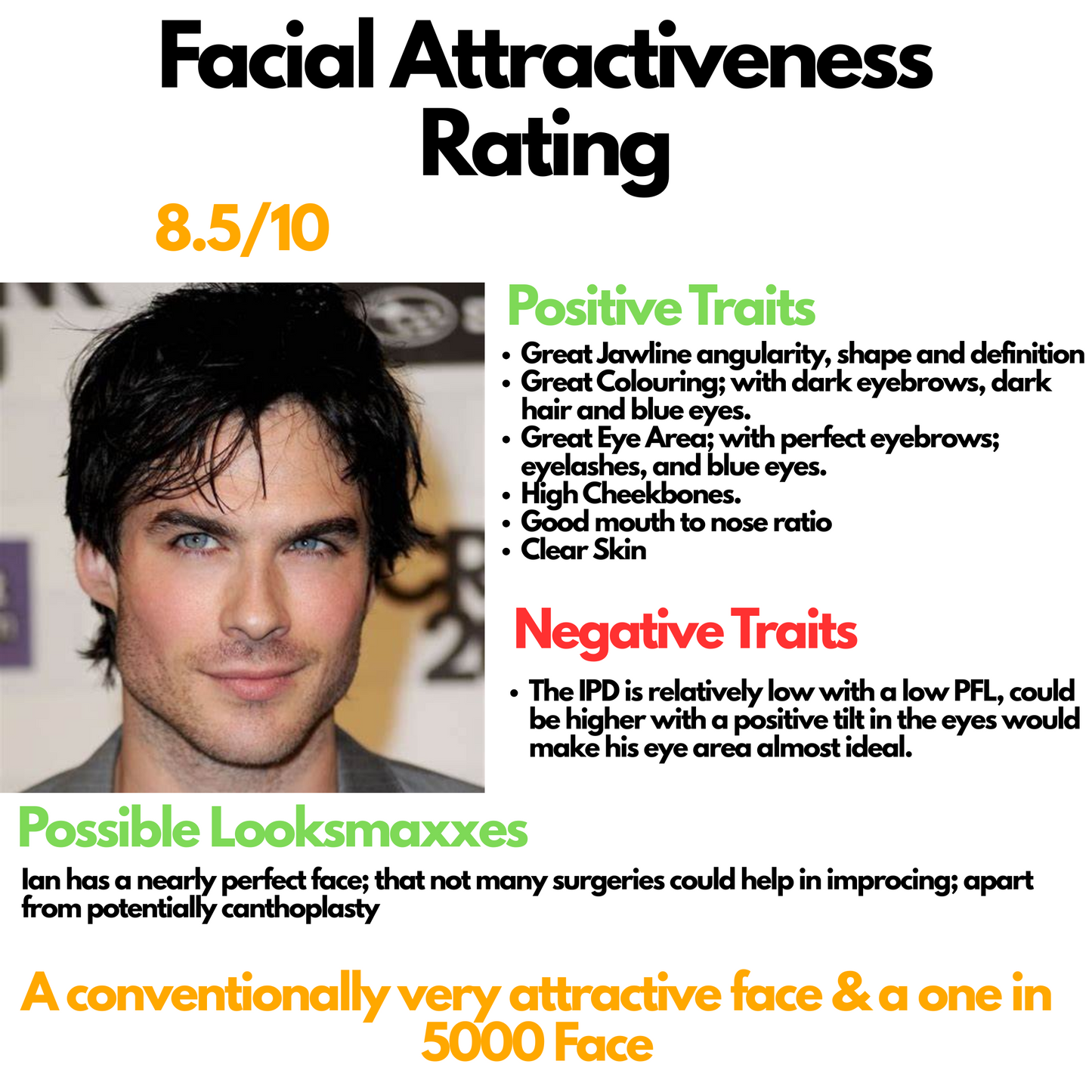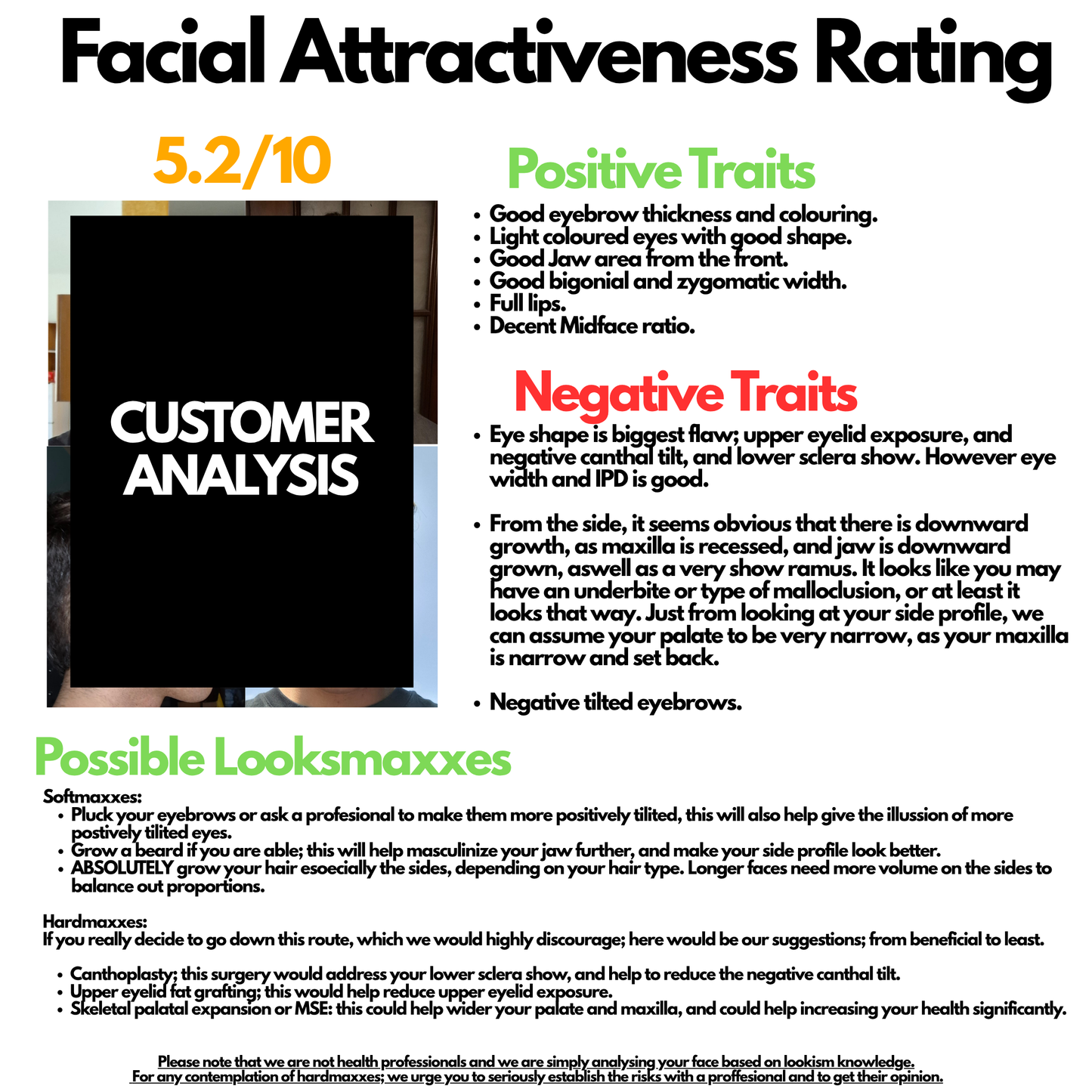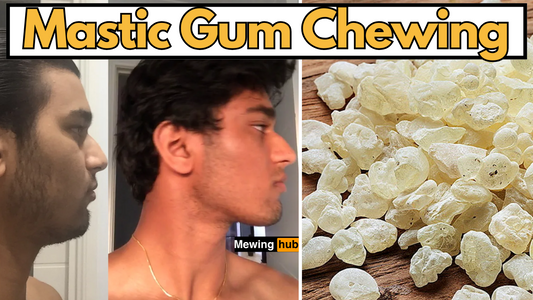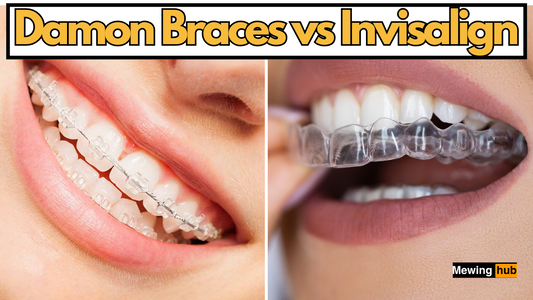Mouth Taping: How It Impacts Sleep, Snoring, and Face Shape
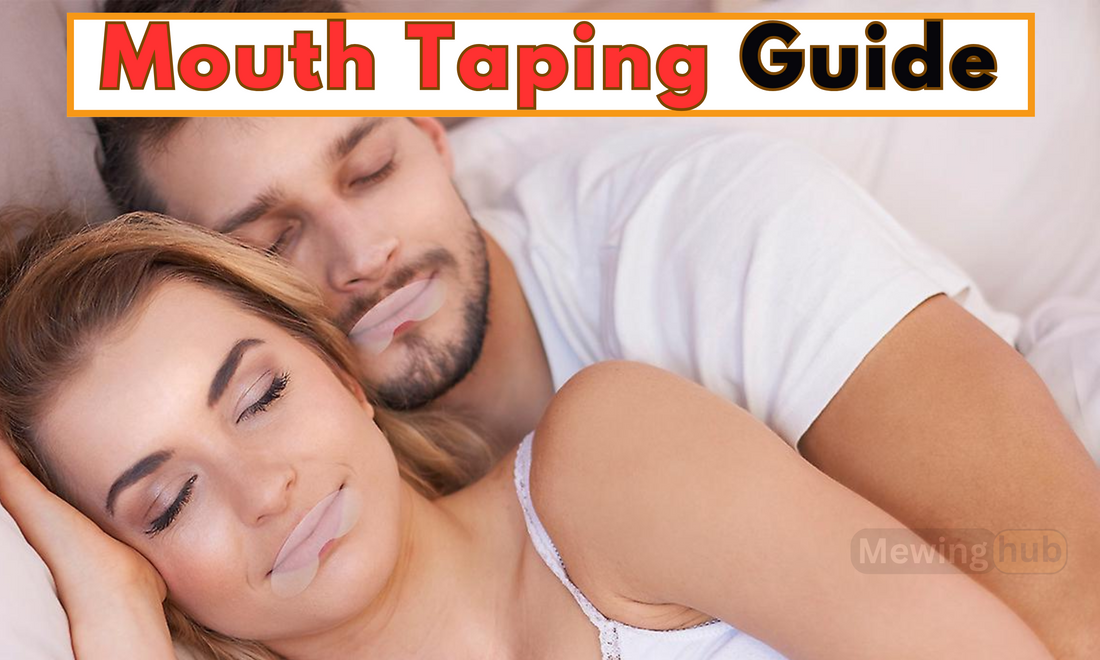
Deel
What Is Mouth Taping and Why Do People Do It?

Mouth taping is the practice of placing a strip of breathable tape over your lips to gently keep your mouth closed during sleep. The idea is to encourage nasal breathing, which offers several health benefits compared to mouth breathing.
This technique is gaining popularity for its potential to:
- Reduce snoring by improving airflow through the nose.
- Enhance sleep quality by promoting deeper, more restorative breathing.
- Support facial aesthetics by fostering proper tongue posture.
People are turning to mouth taping as a simple, non-invasive way to address issues like snoring, dry mouth, and even poor jawline definition. But does the science back up these claims?
Does Mouth Taping Change Face Shape?
Mouth taping itself doesn’t directly alter your face shape, but it supports nasal breathing, which plays a crucial role in craniofacial development. By keeping your mouth closed, it encourages proper tongue posture—where the tongue rests against the roof of your mouth.
Over time, correct tongue posture can subtly influence the structure of your face, especially during developmental years. For adults, while dramatic changes are unlikely, consistent nasal breathing may help maintain a more defined jawline and prevent further issues caused by chronic mouth breathing, such as a recessed chin or elongated face.
Does Taping Your Mouth Stop Snoring?

Snoring often occurs when airflow through the mouth or throat is restricted, causing vibrations in the soft tissues. For many mouth breathers, taping the mouth redirects airflow through the nose, reducing the vibrations that lead to snoring.
However, it’s important to identify the root cause of your snoring. If it’s due to conditions like obstructive sleep apnea, mouth taping alone won’t resolve the issue and could even make it worse. Always consult a doctor if snoring persists or is accompanied by pauses in breathing.
Can Mouth Taping Help with Sleep Apnea?
Mouth taping is not a treatment for sleep apnea, a condition characterized by repeated interruptions in breathing during sleep. While nasal breathing can improve airflow for some individuals, relying solely on mouth taping could exacerbate symptoms in those with obstructive sleep apnea (OSA).
If you suspect you have sleep apnea, seek medical advice before trying mouth taping. For mild cases or positional sleep apnea, it may complement other treatments, but it should never replace medically recommended interventions like CPAP machines or oral appliances.
Does Mouth Taping Improve Jawline?

Mouth taping can indirectly contribute to a stronger, more defined jawline by promoting correct tongue posture and nasal breathing. Tongue posture influences the alignment of your jaw and facial bones, particularly during childhood development.
While taping won’t sculpt your jaw overnight, it may help maintain proper oral and facial function, which could prevent the weakening of jaw muscles associated with chronic mouth breathing. For noticeable improvements, consider pairing mouth taping with practices like mewing or orthodontic treatments.
Can You Use Normal Tape for Mouth Taping?
Using regular tape for mouth taping is not recommended. Household tapes, like duct tape or scotch tape, aren’t designed for skin application and can cause irritation, discomfort, or even injury.
Instead, opt for medical-grade tape or products specifically designed for mouth taping, such as micropore tape or adhesive strips made for sensitive skin. These options are breathable, safe, and easy to remove without damaging your skin.
Does Mouth Taping Improve Sleep?
For many, mouth taping enhances sleep quality by promoting nasal breathing. Nasal breathing supports oxygen exchange, reduces snoring, and activates the parasympathetic nervous system, which is responsible for relaxation and recovery during sleep.
However, individuals with nasal congestion, allergies, or structural issues like a deviated septum may find mouth taping uncomfortable or ineffective. Ensuring clear nasal passages is essential for a successful experience.
What Are the Risks of Mouth Taping?
While generally safe for most people, mouth taping does come with potential risks, including:
- Breathing obstruction: If your nose becomes blocked during sleep, taping your mouth could cause difficulty breathing.
- Skin irritation: Adhesive tapes may cause redness, itching, or allergic reactions.
- Sleep apnea complications: For undiagnosed OSA patients, mouth taping could worsen symptoms.
To minimize risks, use skin-safe tape and consult a healthcare provider if you have pre-existing conditions or concerns.
Why Are People Taping Their Mouths?

The rise of mouth taping can be attributed to growing awareness of its potential health benefits:
- Better sleep quality through nasal breathing.
- Improved oral health by reducing dry mouth and preventing cavities.
- Reduced snoring for a quieter, more restful night.
- Facial aesthetics by encouraging proper oral posture.
Social media trends and anecdotal success stories have further popularized this simple yet impactful practice.
What Does Mouth Taping Do?
In essence, mouth taping encourages nasal breathing, which offers a range of health benefits. By keeping the lips sealed, it helps:
- Enhance oxygen exchange.
- Promote better sleep.
- Support oral and facial health.
- Reduce snoring and nighttime disruptions.
Conclusion
Mouth taping is a straightforward technique with the potential to improve sleep quality, reduce snoring, and support overall health. While it won’t drastically change your face shape or act as a cure for sleep apnea, it can complement other practices for improved breathing and oral posture.
As with any wellness trend, results may vary. Start slowly, use safe materials, and consult a professional if you have concerns. With proper use, mouth taping might just become your new nighttime game-changer.



